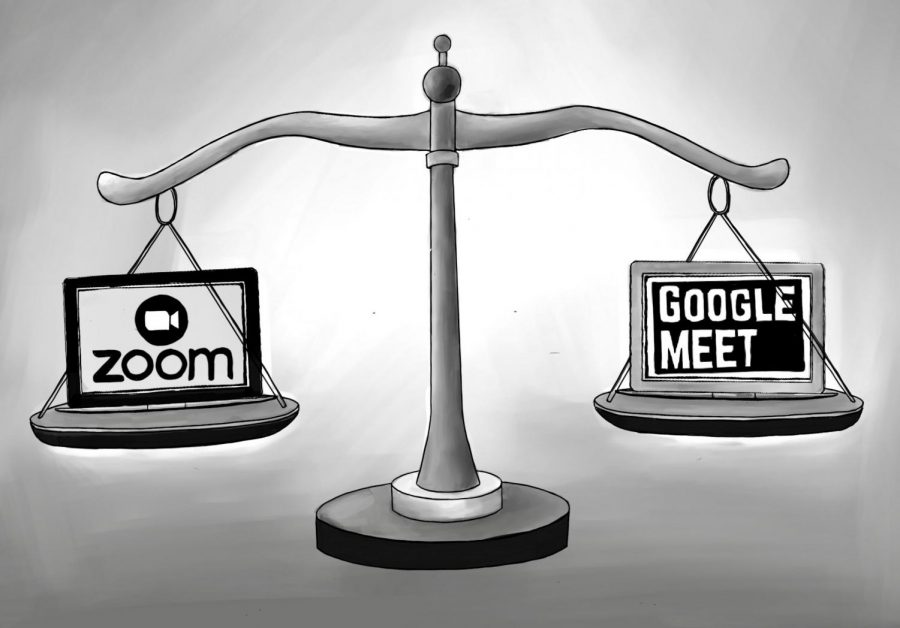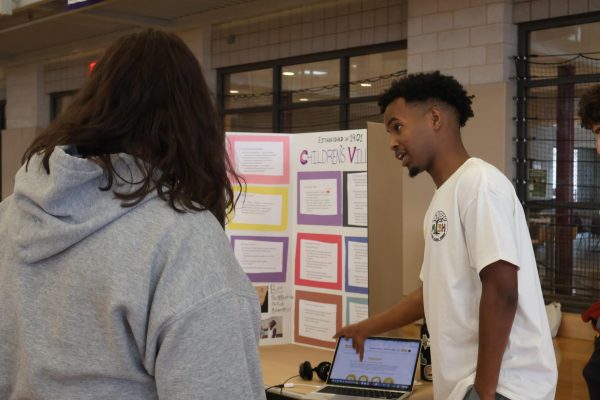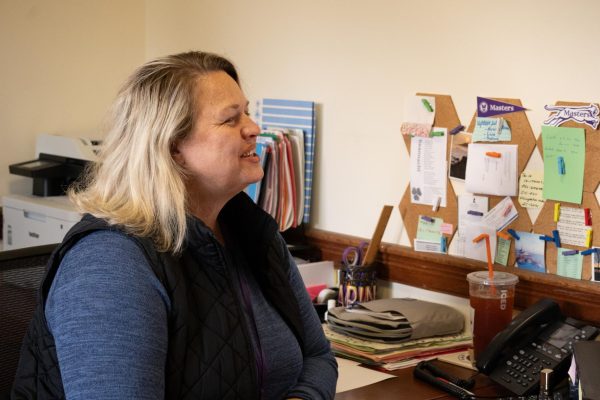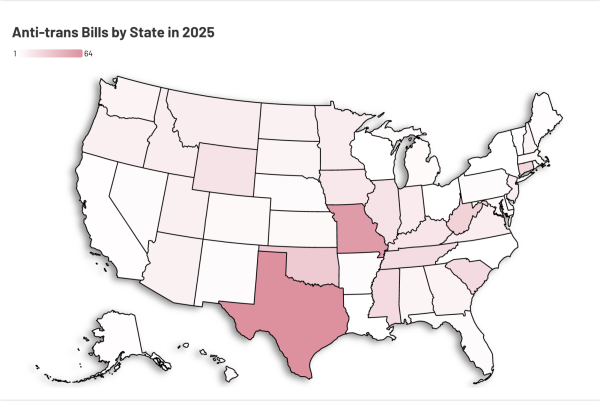Zoom vs. Google Meet
As The Masters School adjusts to life in quarantine, students and teachers alike have been learning about Google Meet as a teaching tool. Many other high schools and colleges, however, have turned to Zoom as their own program of choice, or have even allowed teachers to pick whichever program suits them best. While both platforms are being used for the same purpose, the ways in which they do so can be so vastly different that those differences, at times, can become a deal-breaker.
A notable difference between the two is Zoom’s more advanced features. It allows students to raise their hands in conversations, have unique virtual backgrounds, and even assign sub-admin privileges to students for the purpose of leading a group. Some of these features are available to Google Meet users, but only through third-party community-made apps on the Google App storefront.
Masters’ choice to use Google Meet was actually something determined far ahead of time— all the way at the beginning of the school year. According to Bhavin Patel, the Director of Technology for The Masters School, the IT department decides every year on a contingency for situations like this, including what program would be best to use and how to initiate the students into it. He said, “It [Google Meet] is the most secure and it integrates into Google Drive, which we already use as a hub for schoolwork, seamlessly,” He also said that “Google Meet is also much safer and user-friendly. Zoom was made with mainly companies in mind, people with much larger scale IT programs.”
The Google platform is not without its faults, however. Some of the recent quality of life updates were very recent additions, and there are features that have yet to be added, like an easier way to enter side meetings through the platform or to view everyone in a meeting. The extensions can also be unstable at times since they likely aren’t manufactured and kept stabilized by several people.
There is a large disconnect between teaching online and in person, however–especially for teachers in the Department of Performing Arts. Shell Benjamin, Director of the Upper School’s Dance program, has found that the two are complete opposites. “The core principles of the department of the performing arts run parallel to the way online learning works,” she said. “We try to get in a lot of individual time in class with our students, but the medium we have to work in limits that time.”
Something that every platform has, however, is that it brings the Masters community altogether. “When I first learned that we would be doing online learning, I wondered how we were going to do it,” said Roberto Mercedes, Spanish teacher on campus. “I laugh now at how hard I thought it would be.” He has been approaching online learning with an open mind. “My students may not be with me, but they still help me by showing up to class every day.”

L. Leys is a Masters senior currently serving as one of Tower Broadcast News’ Executive Producers. In their role, they largely take a behind-the-scenes...







